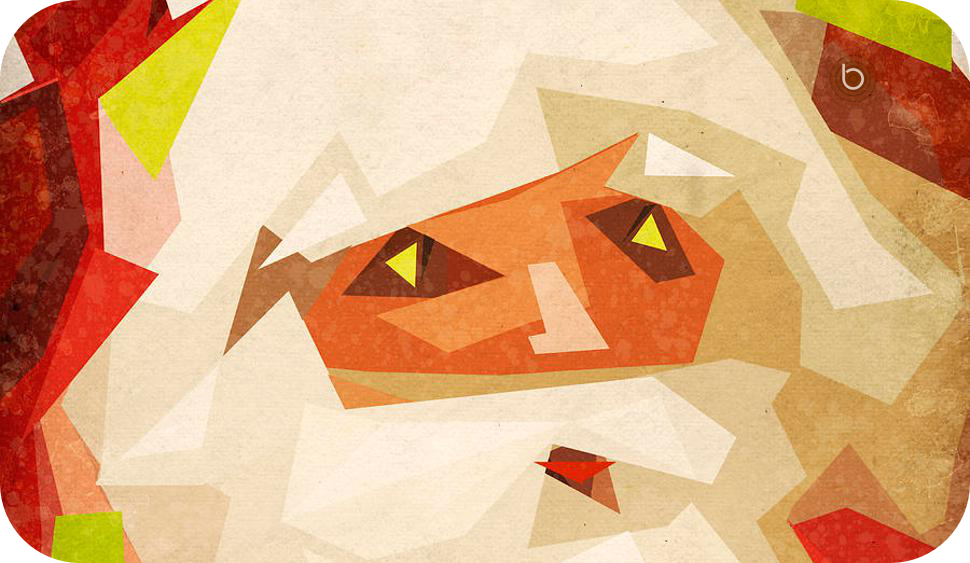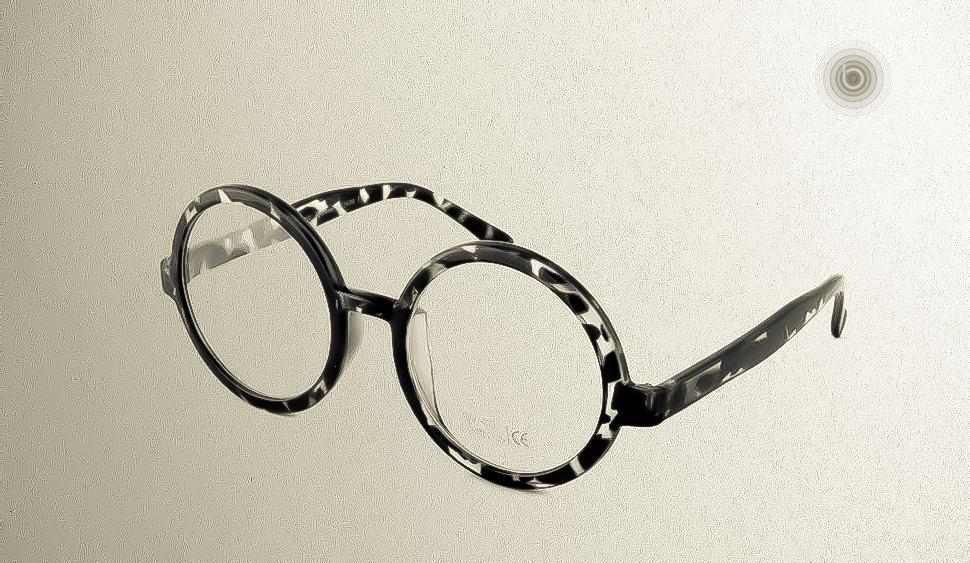
It takes belief, at times, to tackle reality. The leader of a powerful nation just out of a major economic crisis once said: “We have always held to the hope, the belief, the conviction that there is a better life, a better world, beyond the horizon.”
Have the growth of secularism and rationalism made us impatient, or even indifferent, to beliefs, those things that could connect us to life beyond the immediate ‘real’? But then, how could we understand the waves of popular movements, political or otherwise that continue hitting the shores of our times? Or the recent, spreeing return of certain forms of spirituality? Aren’t all these pointing to an inherent intuition, in the human, that the ‘real’ is never just what it seems to be?
But what happens when the landscapes of beliefs seem to fade around us? How can the initial sparkle of a belief sustain time? And avoid becoming like ripples, unmistakable in their start but finally melting back on the surface of the habitual flow? How can beliefs survive time? To address all these questions, LILA Inter-actions is hosting a series of dialogues on the question: Belief.
Passing Over: Beyond Fait(h) Accompli |
Beyond the Seen: Santa-Clause |
|||
| Esther David & Devasia M. Antony | 3 April 2015 | Saurav Das & Lijo Stephen Chacko | 26 December 2014 | |
|
Eloheem l’kha yeehyéh lo panahy al ahkhéreem – “Thou shalt have no other gods before me”. First were the words, the ambiguous words. The Judeo-Christian, through the Greeks, Europe and globalisation, has come to permeate much of the values and principles of our societies today, yet their foundations, this confusing preamble carved in stone, announced a rather strict exclusivism, not so welcoming of differences. The temptation was great, and still possible, for a few centuries perhaps, to see religious texts, traditions and values, only as community-bound narratives, necessarily closed to genuine pluralism. And still, here we are, and here we have been, a real prismatic humanity finding ways and means to permit the concrete co-habitation of differences, on the ground. But these days, we find ourselves permanently gnawed at by two pulling forces. On the one hand, the religious extremisms of our leaders, surprisingly surviving and updated for the cultural climate of our days. And, on the other, a discourse of secularism imagining its birth ex nihilo a century or two ago, from the seemingly sudden realisation of the human’s existential independence from the cosmos and its gods. This is risking to overestimate the Constitutions of our present, and forget that our world history, through the unique route of each religion, was one attempting to resolve in the practice of the everyday, the number one survival need of communities: living as one, yet as many. Thus opening a new chapter of our series of reflections on Belief, LILA Inter-actions takes the occasion of Passover and Easter to look at how Judaism and Christianity, from within, can enrich and support today’s dire needs for religious pluralism. Novelist Esther David opens up the microscopic minority world of Jews in India, able to adopt flexibility and receptivity to Indian values and customs, while maintaining also its religious rites and history over the millennia. Theologian and Philosopher Devasia M. Antony comments upon the words of the Crucified Jesus, instance within an unexpectedly large body of non-dualist wisdom found across all cultures and traditions of thought, to rejoin in peace Oneself and the Other.
|
“And then he told them, ‘Go into all the world and preach the Good News to everyone’.” Nothing new, and nothing really good, it seems, as one observes in a glimpse the global spread of what was once a fundamental belief in and for inclusion. As traditions of spiritual wisdom undertook their translocal destiny, splitting and excluding appeared a more sound option than bridging across cultures and society. But when inclusion becomes exclusion, the play of cultures becomes a power play and across-within groups, the light and pervasive inter-connection of cultures disappears from the surface. A certain limited spirit of the market rises, as no one any longer believes that truly innovative creations can guarantee the elaboration of equitable communities. Advertisement is brought in, responding to its favourite assumption: the insurmountable struggle of identical siblings. As we, thus, believe in the very veil of appearances, all means become valid to permit this fight to the finish – terror prevails well beyond Bethlehem and Peshawar, in a world culture preferring success over connective spread. But the News reached us nonetheless, serenely eternal and regularly awaited, like the Santa of our children. Thus, even though we walk through the valley of the shadow of death, we will fear no evil, for this Santa-Clause, an open, always incomplete proposition, promises rewards to those who believe beyond the seen. This week on LILA Inter-actions, Saurav Das attempts an introspective exploration into the functions of advertisement for our belief cultures, and he points towards the possibility of a non-competing practice of the commercial. Lijo Stephen Chacko reaffirms today’s need for beliefs, but a belief connecting communities through service, faith and loyalty, as real action truly supplants mere talk.
|
|||
Share this debate series… |
… follow LILA… |
||||














